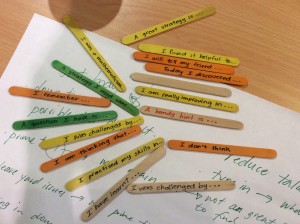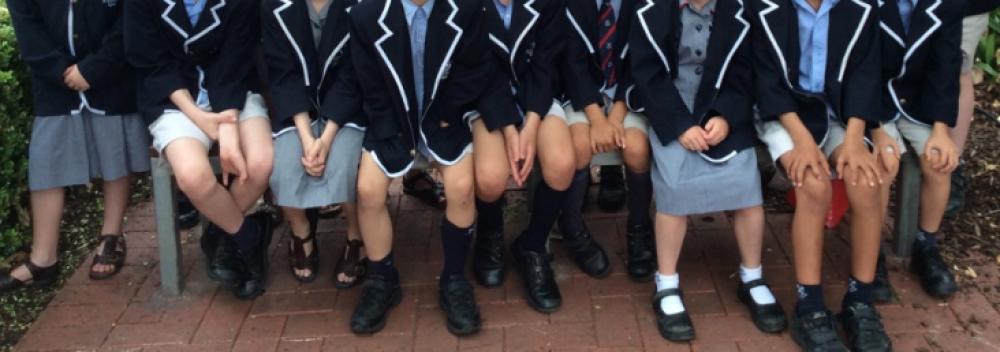Week 4, Term 2, 2015. Curriculum Staff Meeting
Category: 1. Know students and how they learn, 3. Plan for and implement effective teaching and learning, 5. Assess, provide feedback and report on student learning, 6. Engage in professional learning,
Topic: Effective Lesson Design: Intentional Planning
I presented at staff meeting this evening about a course I’ve been on recently called Effective Teaching in English & Mathematics. The course has been designed by AISSA (Association of Independent Schools of SA) and delivered by Rosemary Kadow and Desiree Gilbert. Some of the references and resources have come from their course guide. The course runs for 3 days and I still have one more day left but thought I should reflect on my experiences so far and what I have shared with my colleagues.
Our school has been focusing on curriculum alignment. We are an IB school so we have been focusing on aligning ACARA with IB, making our planning intentional and clear for all to assist with informing our assessments and reporting.
Here is the Keynote Presentation we used at Staff Meeting:
Attached are the handouts provided to staff from the course booklet we received:
Things I take away from this experience:
- The reflective tools were useful and I have enjoyed using them with my class and other staff seemed to appreciate more strategies to try out in class.

- I spent a considerable amount of time planning out this presentation and working with a colleague of mine to really dig deep. We reflected on why we should plan intentionally and how we can improve teaching practice by starting at the big picture and working backwards by design. Breaking down the objectives and curriculum standards to teachable and intentional lessons. Here is an example of an intentional planner in Mathematics that I made this term. Intentional Planner Maths T2 Money
- Success Criteria. Our lessons should hold no secrets. Students should know what we aim to do, how they can achieve success and the purpose behind the task. This is all part of WALT (What Are Learning To), WILF (What I’m Looking For) & TIB (This Is Because). Shirley Clarke introduced the concepts of WALT, WILF & TIB, google her and images for each and you will find an abundance of resources.
I had some good feedback after the session from staff. One staff member (Paul Huebl) blogged about our presentation and noted the following:
- Learning intentions must be explicitly clear for all students in the room. Intentions must be visible.
- Learning intentions are not descriptions of an activity. They are directly linked to achievement standards.
- There should be no secrets in the learning process –> this means success criteria must also be clear and explicit.
- Success criteria tell kids “You can succeed at this and this is how you do it”. What does it look like to achieve the learning intention?
- Along with WALT statements (We Are Learning To) and WILF statements (What I’m Looking For) you also need to address TIB (This Is Because) which links WALT and WILF to the students personal contexts.
- To help with students engaging with WALT and WILF statements, these can be present on task sheets and blank work sheets. That way teachers can easily indicate how students have performed against them.
- Students should be able to state learning intentions and success criteria. This is easier if displayed as above.
- Don’t use the term differentiate. Say ‘make it accessible’.
If you wish to read more of Paul Huebl’s blog post please click on this link:
http://mrhuebl.edublogs.org/2015/05/12/deliberate-planning/comment-page-1/#comment-51
I will blog again about my final session and share some more strategies I have used in the classroom.
I hope you found this post helpful.
Thanks, please leave a comment.
Jade
